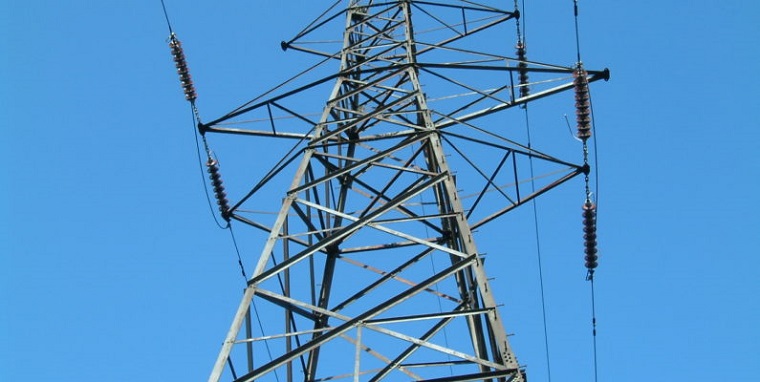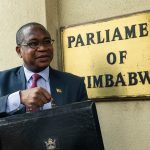Our experts estimate that we can generate a further 600MW from solar, with an additional 120MW coming from small hydropower projects largely in the eastern part of our country. Potentially, we can also raise 1 000MW from biomass, with our geothermal energy potential giving us an additional 50MW. Wind power has a potential to give us 1 872MW, according to our experts. All these energy sources suggest great power generation potential for our country which we must steadily turn into actual available and therefore usable power before long.
The Second Republic has been doing quite well in terms of promoting access to electricity. In 2017, access to electricity stood at 44.2 percent of the population. In 2018, access had risen to 45.8 percent; by 2019, this figure had changed to 46.8 percent. 2020 saw a huge jump to 52.8 percent of our total population.
The trend continues to be upward, with progress in relation to our peers being made more marked by our relatively low level of urbanisation. This upward trend must continue even more rapidly as we extend and expand our network to cover more rural areas. Given that more than 500 million people on the African continent live without electricity, and that only 10 percent of individuals on our Continent enjoy access to electric grid, it is clear we are doing quite well, even though more still needs to be done.
Presently, average energy consumption per person in Zimbabwe is above 3000kWh, against Sub-Saharan Africa’s which is 518kWh. Even though this is impressive, I am not very happy that this high average energy consumption hides clear rural-urban energy consumption disparities which we must continue to narrow, in favour of our rural populace.
Going forward, key energy policy interventions are imperative. The economy is growing quite rapidly. With this economic growth, the demand is fast outstripping supply.
As I write, Zimbabwe Electricity Supply Authority, Zesa, is sitting on power applications totalling 2 100MW, all requiring power under three years from now in 2025.
This is larger than our current installed generation capacity, and far more than actual daily supply. Even more unsettling is the fact that the bulk of the demand for power is coming from the mining sector, including from projects for key minerals like gold, platinum, chrome, coal, diamonds and lithium, as well as from smelters we badly need for beneficiation and for triggering domestic industrial value chains.
We thus just have to increase our internal power generation, possibly threefold, if we are to avoid throttling our growth, and if we are to lessen our dependency on power imports.
Secondly, our energy and electricity mix shows a very unhealthy dependency on just two sources, namely: hydro, which accounts for more than 65 percent of the power we generate, and thermal, which accounts for slightly above 30 percent. Power from all renewables fall below zero percent, yet this is an area of huge generation potential, quite apart from its sustainability and cleanliness.
We have to ramp up investments in all renewables, particularly in solar and wind energy. Before long we will know what Muzarabani means for us by way of our energy mix and generation capacity.
Continued next page
(182 VIEWS)


